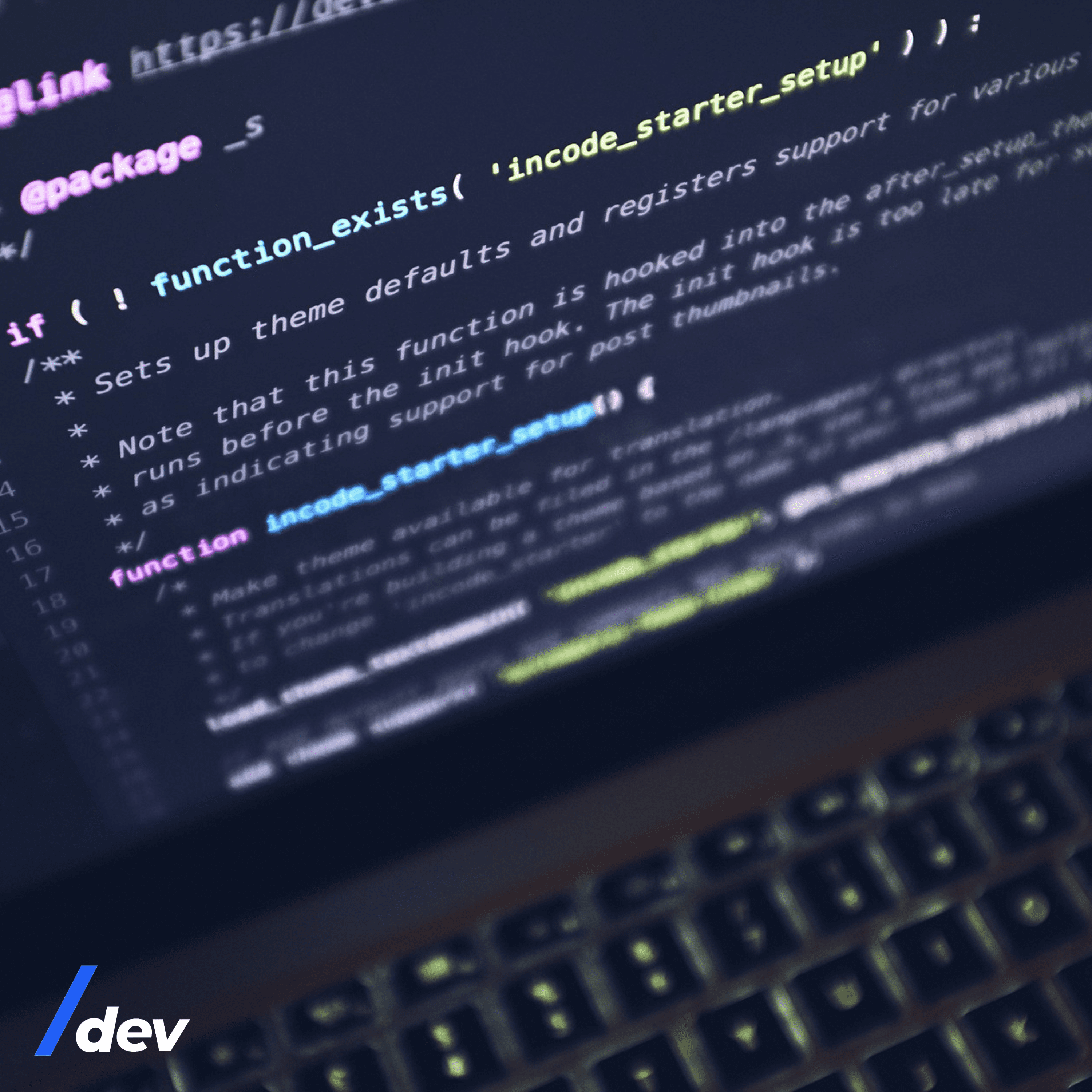Software Services
For Companies
For Developers
Products
Portfolio
Build With Us
Build With Us
Get Senior Engineers Straight To Your Inbox

Every month we send out our top new engineers in our network who are looking for work, be the first to get informed when top engineers become available

At Slashdev, we connect top-tier software engineers with innovative companies. Our network includes the most talented developers worldwide, carefully vetted to ensure exceptional quality and reliability.
Build With Us
Choosing the Right Database for Your Next.js Application: A Comprehensive Guide/


When building a Next.js application, one of the crucial decisions you need to make is selecting the right database to store and manage your data. With a variety of database options available, each offering unique features and capabilities, making the right choice is essential for the success of your application. In this article, we’ll explore different database options and guide you through the process of choosing the perfect fit for your Next.js app.
1. MySQL: The Reliable and Time-Tested Choice
MySQL is a popular open-source relational database management system known for its reliability and scalability. It’s a versatile choice for a wide range of applications, including content management systems, e-commerce platforms, and data-driven web apps. MySQL’s ACID compliance ensures data integrity, while its wide adoption means a wealth of resources and community support is readily available.
2. PostgreSQL: The Advanced Relational Database

PostgreSQL is another powerful open-source relational database that excels in handling complex queries and data types. Its support for advanced features like JSONB data type, full-text search, and custom extensions makes it an excellent choice for applications that require complex data modeling and analysis.
3. MongoDB: The NoSQL Option for Flexibility
If your Next.js application deals with large amounts of unstructured or semi-structured data, MongoDB might be the ideal choice. As a NoSQL database, MongoDB offers schema flexibility, making it suitable for applications with evolving data requirements. Its document-based structure and support for geospatial queries make it a popular choice for real-time applications and location-based services.

4. Firebase: Cloud-Powered Real-Time Database
Firebase Realtime Database is a cloud-hosted NoSQL database that enables real-time data synchronization across clients. It’s an excellent choice for applications that require instant updates and collaboration features. Firebase offers a simple and intuitive API, making it easy to integrate with Next.js apps and build responsive user experiences.
5. Amazon DynamoDB: Scalable and Managed NoSQL
For applications that require extreme scalability and high availability, Amazon DynamoDB is a fully managed NoSQL database that fits the bill. With automatic scaling and built-in data replication, DynamoDB ensures your Next.js app can handle varying workloads without compromising performance.
6. SQLite: Lightweight and Embeddable
If you’re looking for a lightweight and embeddable database solution, SQLite might be the answer. Ideal for smaller applications or mobile apps, SQLite offers self-contained, serverless, and zero-configuration databases that can be embedded within your Next.js app without the need for a separate database server.
7. Redis: In-Memory Data Store
For caching, real-time analytics, and high-performance data storage, Redis is a popular in-memory data store. It excels in scenarios where rapid data retrieval and low latency are critical, making it a great choice for applications that require quick responses and efficient data handling.
8. FaunaDB: Serverless NoSQL Database
FaunaDB is a serverless, globally distributed database that offers seamless scalability and multi-region replication. It provides a flexible data model and strong consistency guarantees, making it suitable for applications that prioritize data availability and global reach.
9. CockroachDB: Scalable and Resilient SQL Database
CockroachDB is a distributed SQL database that combines the best of both worlds: the scalability of NoSQL databases and the relational capabilities of SQL databases. It’s designed for high availability and can seamlessly scale to handle large workloads, making it a robust choice for data-intensive Next.js applications.
10. Graph Databases (Neo4j): Relationship-Centric Data Modeling
For applications that heavily rely on graph-based data structures and relationships, a graph database like Neo4j can provide unique modeling capabilities. Graph databases excel in scenarios like social networks, recommendation engines, and knowledge graphs, where relationships between data points are paramount.
Conclusion
Choosing the right database for your Next.js application is a pivotal decision that impacts its performance, scalability, and overall success. Consider factors such as data structure, scalability requirements, and development familiarity when making your choice. Whether you opt for a traditional relational database, a NoSQL solution, or a specialized data store, aligning your database choice with your application’s needs will ensure a solid foundation for your Next.js project.
Learn more about database choices and best practices at slashdev.io
In the fast-paced world of web development, selecting the right database technology can make all the difference in creating a seamless and efficient user experience for your Next.js application.

